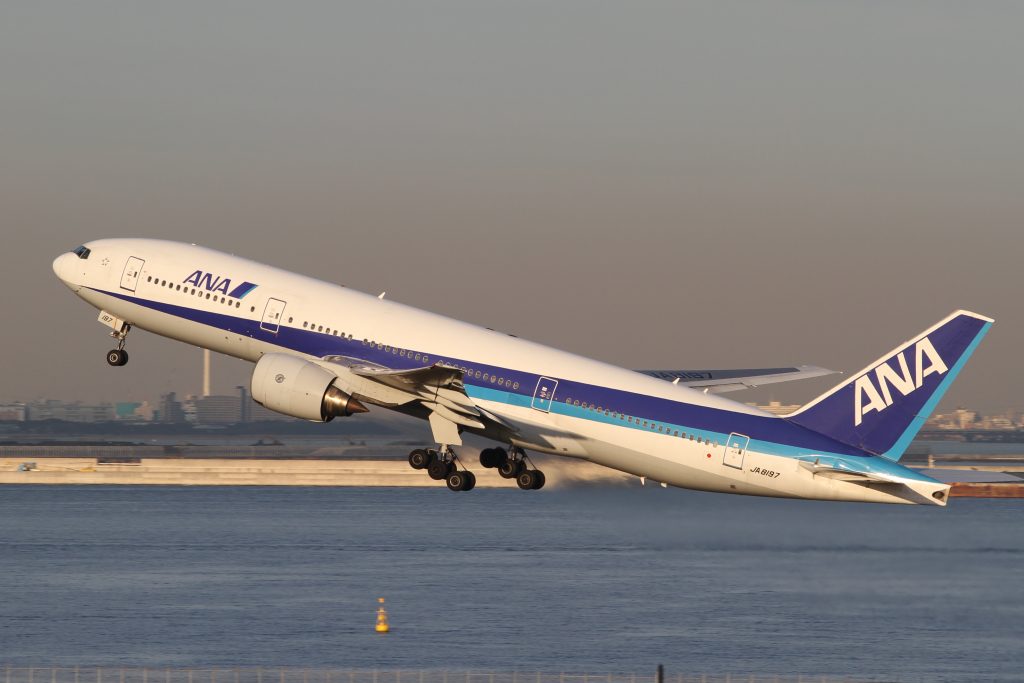 ANA Holdings Inc., the parent company of All Nippon Airways, is expanding training programmes for pilots and air traffic controllers at its academies in the United States, Japan and Thailand, seeing opportunities in the global pilot shortage stemming from the growing number of budget airlines taking to the skies.
ANA Holdings Inc., the parent company of All Nippon Airways, is expanding training programmes for pilots and air traffic controllers at its academies in the United States, Japan and Thailand, seeing opportunities in the global pilot shortage stemming from the growing number of budget airlines taking to the skies.
According to the Japan Times, under its long-term business plan, Japan’s biggest aviation group by revenue is aiming to gain around ¥375 billion ($3.03 billion) from operations around its mainstay passenger and cargo flight services in fiscal 2025, and the company has decided the aviation training unit is a driving force of growth. The unit is backed by a pool of talent and resources in the very industry ANA operates in, and has at its center the U.S. pilot incubator unit that the company acquired in 2013 for $139.5 million.
ANA’s training arm, Pan Am International Flight Academy Inc., traces its history to a training school opened by Pan American Airways in 1980. The U.S. academy consists of 29 full flight simulators, including two each of Boeing Co.’s mainstay aircraft — the 737, 767 and 777.
Prospective pilots can also undergo training for the MD82 and MD88 of former McDonnell Douglas, now Boeing.
Haruo Ezuka, the academy’s president and CEO, says, “We are meeting a broad range of needs from major commercial carriers to small companies that don’t have their own training facilities.”
Among its clients are major aviation companies such as United Airlines Inc., a key partner of ANA in the Star Alliance group of global airlines, and Aeromexico, the Mexican carrier in Skyteam, a competing airline alliance, as well as relatively small airlines mostly in the Americas.
As demand for training expands, simulators are projected to log 94,000 hours of operations in 2015, up from around 91,000 hours in 2014.
Using the know-how gained through the Florida school, ANA last year set up Pan Am International Flight Training Center (Thailand) Ltd. to meet training demand in Asia.
The Florida academy’s chief operating officer, Gary Anderson, who serves as the CEO of the Thai center, said he would like to see skills passed on from the U.S. school to the Thai unit.
The Thai center, jointly owned by the ANA group and Thai budget carrier Nok Airlines, is set to start operating this summer with two full flight simulators.
In Japan, Tokyo-based Panda Flight Academy is offering training with two simulators.
Boeing projects demand for pilots will increase by 533,000 in 20 years from 2014. Of this number, around two-thirds will be in the Americas and the Asia-Pacific region.
ANA is planning to use its training operations in the United States, Japan and Thailand to meet rising demand in these two key regions.
